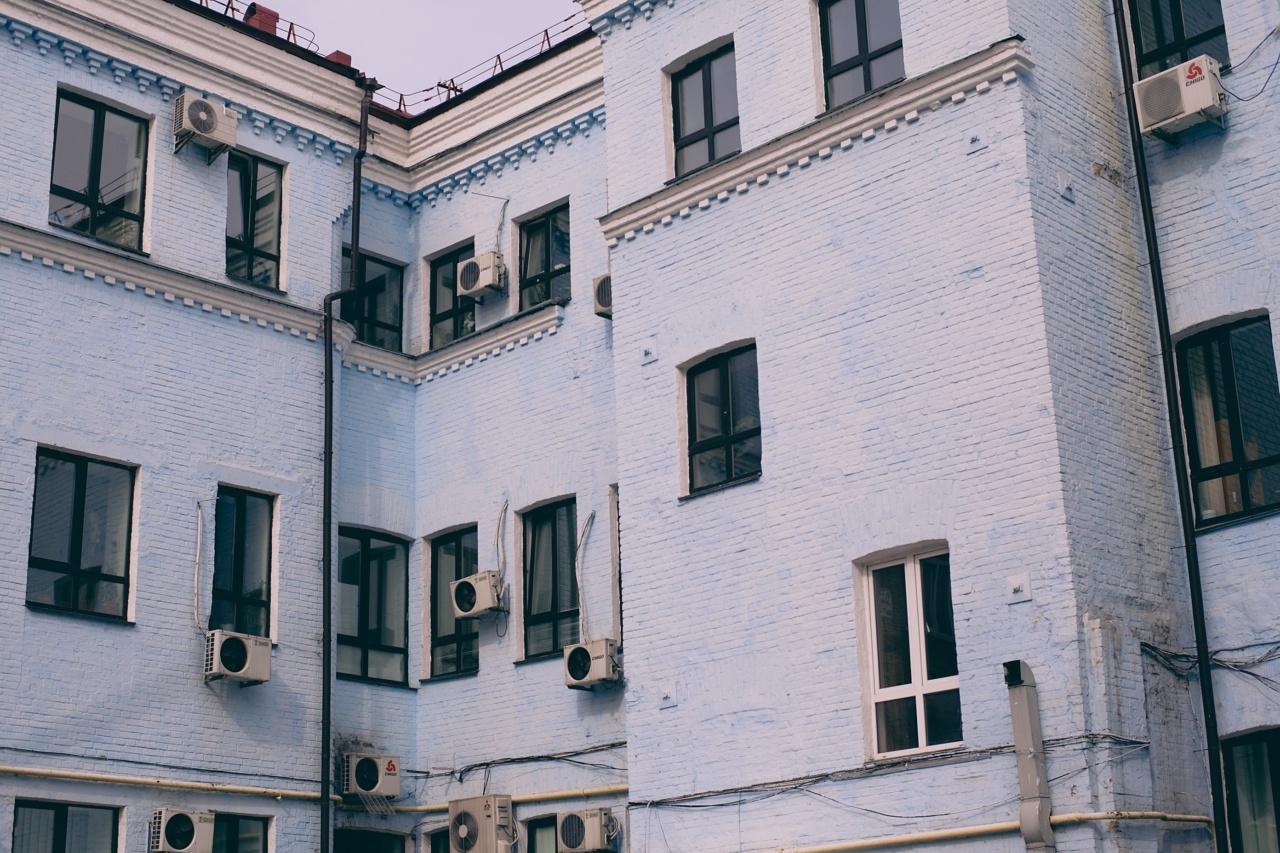Air conditioning units are widely used in various settings to provide comfortable indoor climates. However, these systems can sometimes become breeding grounds for airborne illnesses.
In this article, we will discuss some common airborne illnesses caused by air conditioning units and how to prevent them.
Legionnaires’ Disease
Legionnaires’ disease is a severe form of pneumonia caused by bacteria called Legionella. These bacteria thrive in warm environments, such as water tanks and cooling towers of air conditioning units.
When the contaminated water droplets are released into the air and inhaled by people, they can contract Legionnaires’ disease. Symptoms include coughing, high fever, muscle aches, and shortness of breath.
Sick Building Syndrome
Sick Building Syndrome (SBS) refers to a range of symptoms experienced by individuals who spend time in a particular building, usually an office or commercial space, without a clear cause.
Air conditioning units can contribute to SBS by circulating allergens, bacteria, and viruses. Common symptoms include headaches, dizziness, nausea, fatigue, and respiratory issues.
Allergic Rhinitis
Allergic rhinitis, also known as hay fever, is a common condition caused by inhaling allergens. Air conditioning units can worsen allergic rhinitis symptoms by circulating pollen, dust mites, pet dander, and mold spores.
Symptoms include sneezing, runny or stuffy nose, itchy or watery eyes, and sinus pressure.
Asthma Attacks
Asthma is a chronic respiratory condition characterized by inflammation and narrowing of the airways. Air conditioning units can trigger asthma attacks by circulating irritants such as dust, pet dander, pollen, and mold spores.
People with asthma may experience wheezing, coughing, chest tightness, and difficulty breathing when exposed to these triggers.
Mold Infections
Mold thrives in moist environments, making air conditioning units susceptible to mold growth. When mold spores are released into the air, they can be inhaled by individuals, causing respiratory issues and allergic reactions.
In some cases, exposure to mold can lead to fungal infections in the lungs, particularly in individuals with weakened immune systems.
Preventing Airborne Illnesses
While air conditioning units can contribute to airborne illnesses, there are several measures that can be taken to prevent such risks:.
1. Regular maintenance
Ensure that air conditioning units are regularly inspected, cleaned, and maintained by professionals. This includes cleaning or replacing filters, checking for leaks, and eliminating any moisture buildup that can promote mold growth.
2. Proper ventilation
Improve ventilation in indoor spaces to reduce the concentration of contaminants in the air. This can be achieved by opening windows, using exhaust fans, and installing air purifiers or filtration systems.
3. Control humidity
Keep indoor humidity levels between 30% and 50% to discourage mold growth. Use dehumidifiers in areas prone to excess moisture, such as basements or bathrooms.
4. Regular cleaning
Frequently clean and dust surfaces in the building to minimize the buildup of allergens. Vacuum carpets and upholstery regularly and wash bedding in hot water to reduce dust mites.
5. Source control
Identify and address the sources of indoor pollutants. This may include removing or limiting the use of certain materials or substances that release harmful airborne particles.
6. Personal hygiene
Encourage good personal hygiene practices, such as regular handwashing, to reduce the spread of germs. Cover the mouth and nose with a tissue or elbow when coughing or sneezing to prevent the release of droplets into the air.
Conclusion
Air conditioning units can contribute to the spread of airborne illnesses if not properly maintained and managed.
By following the preventive measures mentioned above, individuals can minimize the risks associated with these systems and ensure a healthy indoor environment.




























